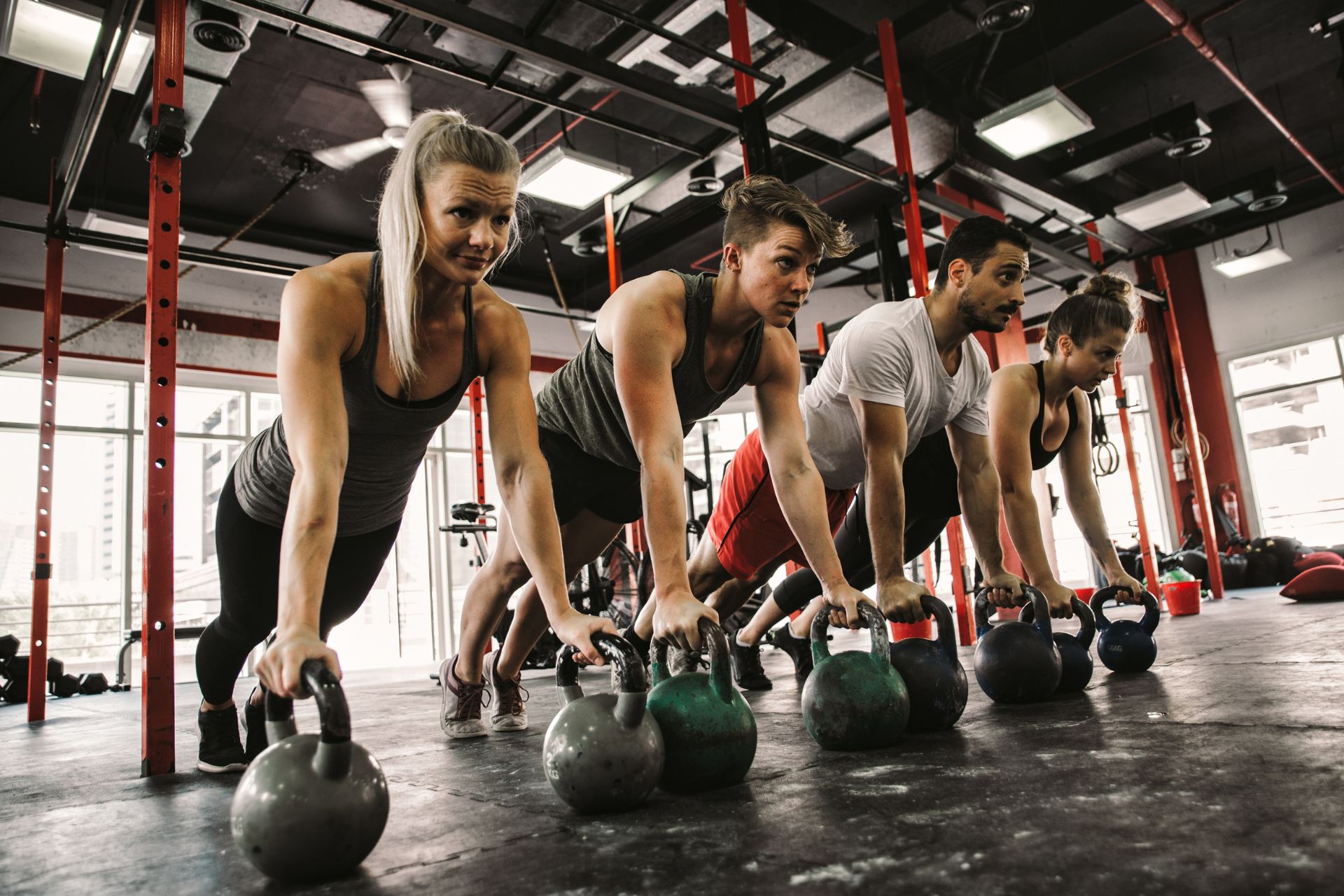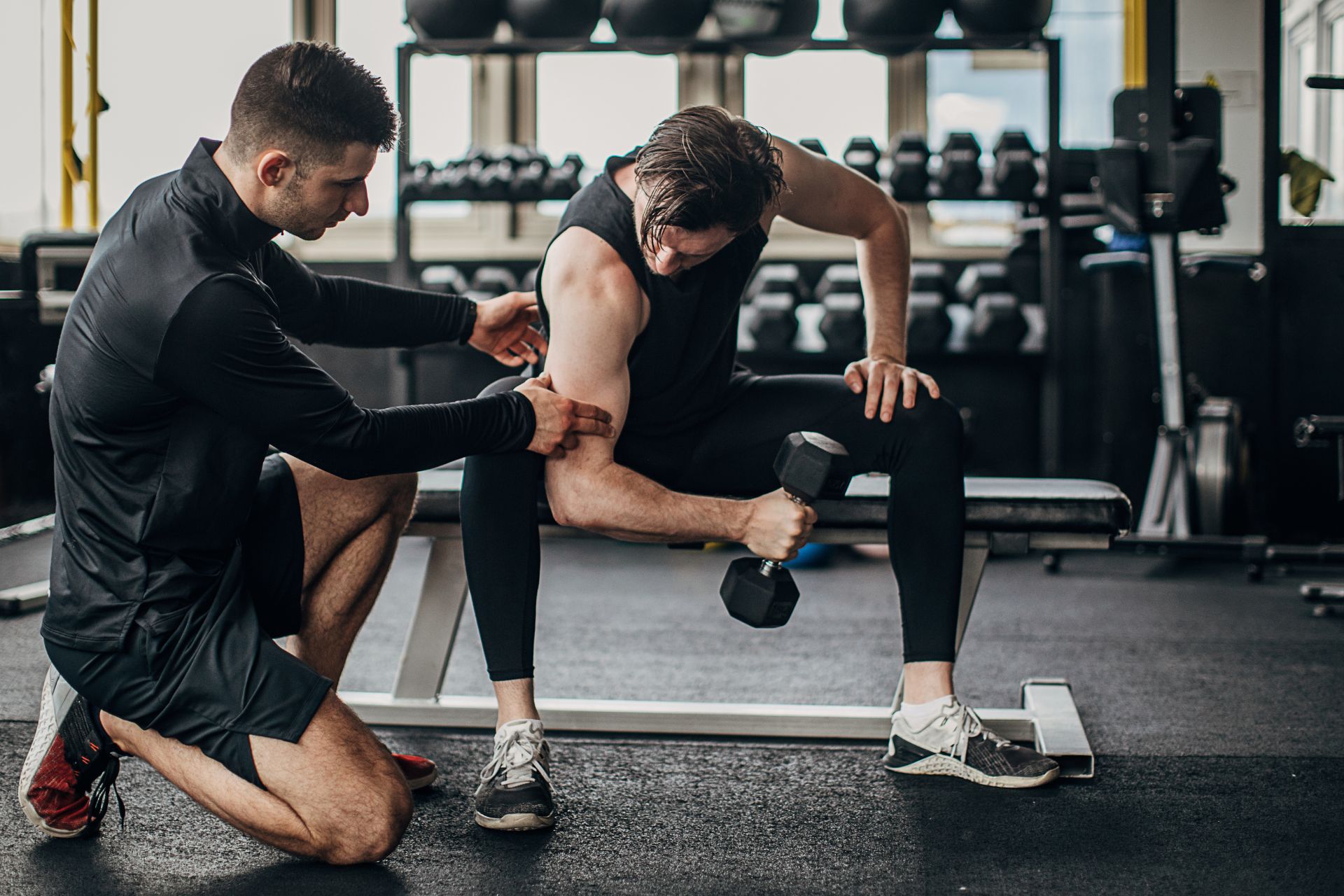Frequently Asked Questions
Neuromuscular coordination plays a pivotal role in the recovery outcomes of post-stroke patients during physical therapy by facilitating the re-establishment of motor control and functional movement patterns. This coordination involves the intricate interaction between the nervous system and muscular system, which is crucial for regaining voluntary movement and improving motor skills. Enhanced neuromuscular coordination aids in neuroplasticity, allowing the brain to reorganize and form new neural connections, which is essential for compensating for lost functions. Techniques such as proprioceptive neuromuscular facilitation (PNF) and task-specific training are often employed to improve coordination, balance, and gait, thereby reducing spasticity and enhancing muscle strength. Furthermore, the integration of biofeedback and robotic-assisted therapy can provide real-time feedback and repetitive practice, which are critical for optimizing motor learning and functional recovery. Ultimately, improved neuromuscular coordination can lead to better outcomes in activities of daily living (ADLs), increased independence, and a higher quality of life for stroke survivors.
To enhance neuromuscular coordination in athletes, incorporating exercises such as plyometric drills, Olympic lifts, and proprioceptive training is highly effective. Plyometric exercises, including box jumps and depth jumps, improve explosive power and the rapid firing of motor units, which are crucial for dynamic sports performance. Olympic lifts like the clean and jerk or snatch require precise timing and coordination between muscle groups, enhancing intermuscular coordination and motor control. Proprioceptive training, involving balance exercises on unstable surfaces like Bosu balls or balance boards, sharpens the body's ability to sense its position in space, thereby improving kinesthetic awareness and reflexive stability. Additionally, incorporating agility ladder drills and sport-specific movement patterns can further refine the synchronization between the central nervous system and muscular responses, leading to improved athletic performance.
Physical therapists can assess neuromuscular coordination deficits in patients with chronic musculoskeletal pain by employing a combination of clinical evaluation techniques and advanced diagnostic tools. They often begin with a comprehensive physical examination, which includes gait analysis, postural assessment, and functional movement screening to identify any aberrant movement patterns or compensatory strategies. Electromyography (EMG) can be utilized to measure muscle activation patterns and detect any neuromuscular imbalances or delayed muscle firing. Additionally, balance and proprioception tests, such as the Biodex Balance System or the Y-Balance Test, can provide insights into the patient's ability to maintain stability and control during dynamic activities. Therapists may also use motion capture technology to analyze joint kinematics and kinetics, offering a detailed view of the coordination between different muscle groups during complex movements. By integrating these methods, physical therapists can develop a nuanced understanding of the neuromuscular deficits contributing to the patient's chronic pain, allowing for the creation of targeted rehabilitation programs aimed at restoring optimal function and reducing pain.
Proprioceptive training plays a crucial role in enhancing neuromuscular coordination during rehabilitation by improving the body's ability to sense its position, movement, and equilibrium, which is essential for restoring functional movement patterns. This type of training focuses on stimulating the proprioceptors located in muscles, tendons, and joints, thereby enhancing sensory feedback and motor control. By incorporating balance exercises, joint stability drills, and dynamic movement patterns, proprioceptive training helps in re-establishing the neural pathways that are often disrupted due to injury. This leads to improved muscle activation, joint position sense, and reflexive responses, which are vital for preventing re-injury and ensuring a successful recovery. Additionally, proprioceptive exercises such as wobble board activities, single-leg stands, and agility drills are integral in developing kinesthetic awareness and postural control, thereby facilitating the integration of complex motor skills and enhancing overall athletic performance. Through consistent proprioceptive training, individuals undergoing rehabilitation can achieve optimal neuromuscular efficiency, which is essential for regaining strength, coordination, and functional independence.
Age significantly impacts the integration of neuromuscular coordination and strength training in elderly patients undergoing physical therapy, as physiological changes associated with aging, such as sarcopenia, reduced proprioception, and decreased synaptic plasticity, can hinder motor learning and muscle adaptation. As individuals age, the decline in muscle mass and strength, coupled with diminished neural drive and slower motor unit recruitment, can impede the effectiveness of resistance training and neuromuscular re-education. Additionally, age-related changes in the central and peripheral nervous systems, including decreased neurotransmitter levels and impaired neuromuscular junction function, can further challenge the coordination and execution of complex motor tasks. Therefore, physical therapists must tailor interventions to accommodate these age-related changes, employing strategies such as progressive overload, balance training, and proprioceptive exercises to enhance motor control, improve functional capacity, and mitigate the risk of falls in elderly patients.

